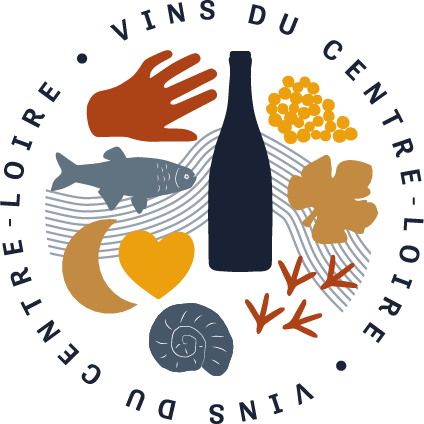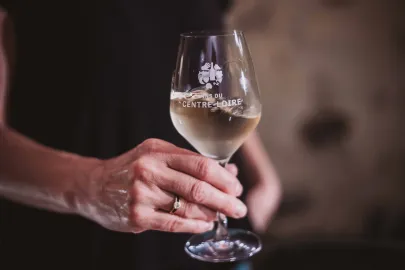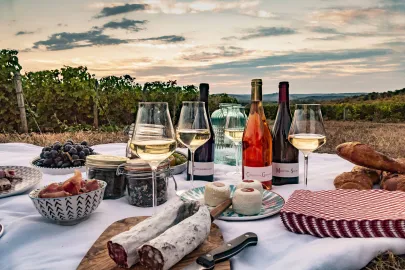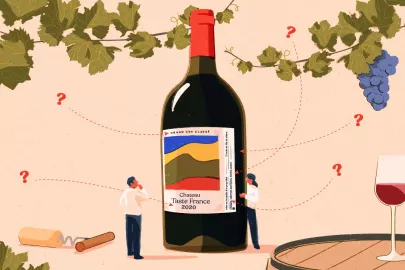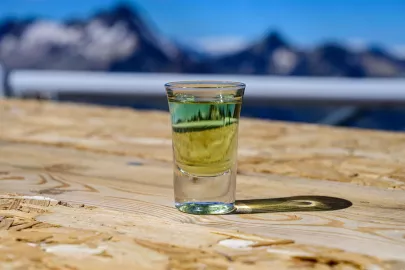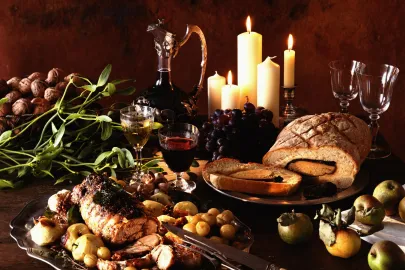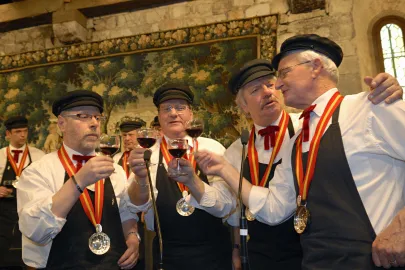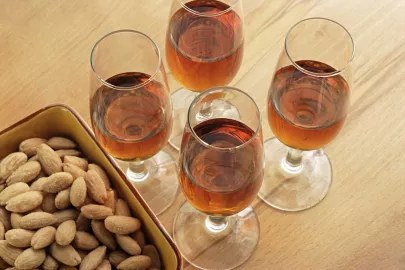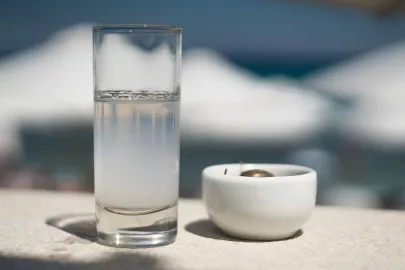Discover Centre-Loire Wines: Appellations, Grape Varieties & Terroir Secrets
Spanning 10 appellations in total, the Centre-Loire is home to over 700 talented vignerons, who, despite their individuality, share the same passion: elevating the wines of the region on a global scale, with sustainability and drinkability placed first. Here, centuries-old winemaking techniques are combined with modern innovations in the cellar, resulting in refreshing, site-specific wines that pair beautifully with a variety of dishes and cuisines.
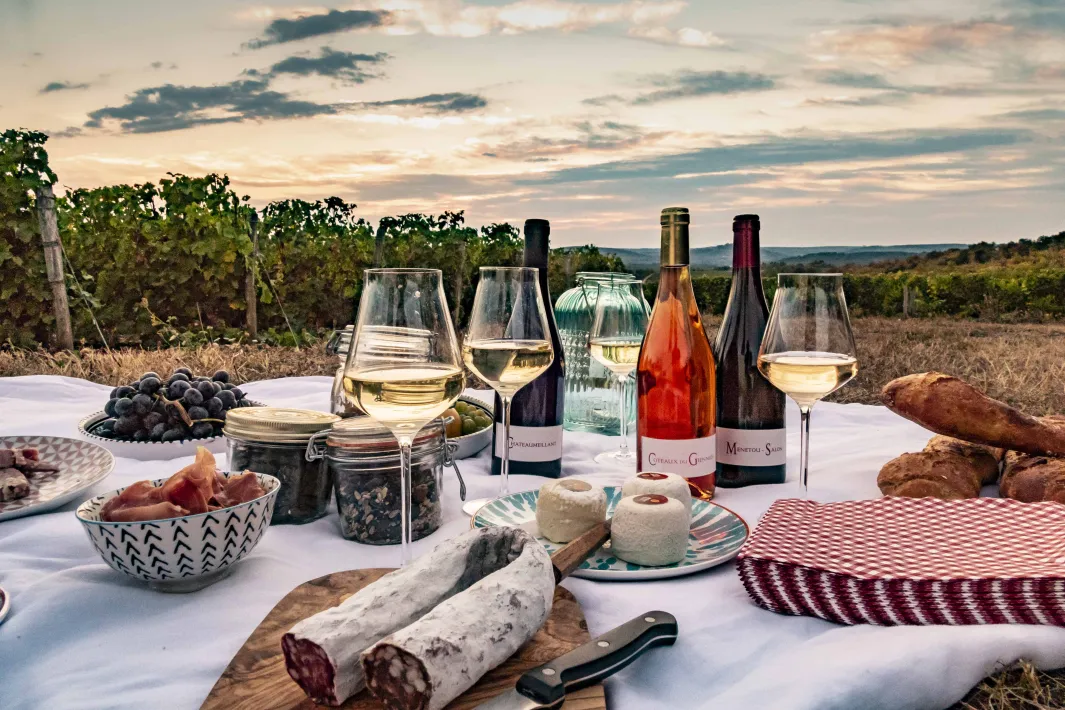
While the overall climate of the Centre-Loire is heavily influenced by its namesake river, the distinct soil types of each appellation—as well as the unique grape varieties that showcase themselves differently within them—is what sets each of these appellations apart from one another. From Sauvignon Blanc and Pinot Gris to Chasselas, Pinot Noir, Gamay, and beyond, the versatility of the wines of the Centre-Loire is just one of their many assets—along with their ability to please an array of specific preferences.
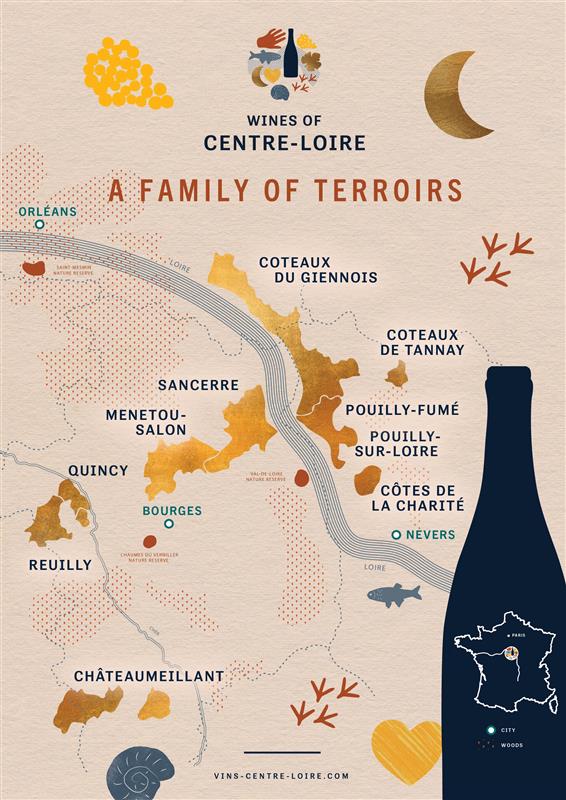
© BIVC
Although versatile in terroir and grape varieties, Sauvignon Blanc truly reigns king, as it finds its origins in this special part of France. Here, the grape shows itself in one of its most balanced and purest forms, rendering it particularly different from expressions made elsewhere in the world. Additionally, Pinot Noir boasts a strong presence in the Centre-Loire, which are beloved for their freshness, complexity, and ability to be enjoyed both in their youth and after a few years of cellar aging. Though beyond grape varieties, what makes the wines of the Centre-Loire so special are the notions of artisanal production and emphasis on small, family-run estates. The average estate in the Centre-Loire comprises just eight hectares of land, meaning that all facets of winemaking—from grape growing to vinification and bottling—remain in the hands of the passionate artisans that steward them.
Curious to learn more about the nuances found within each of the Centre-Loire’s 10 appellations? Check out our easy-to-read breakdown here (and be sure to keep it on hand for your next local wine shop visit!)
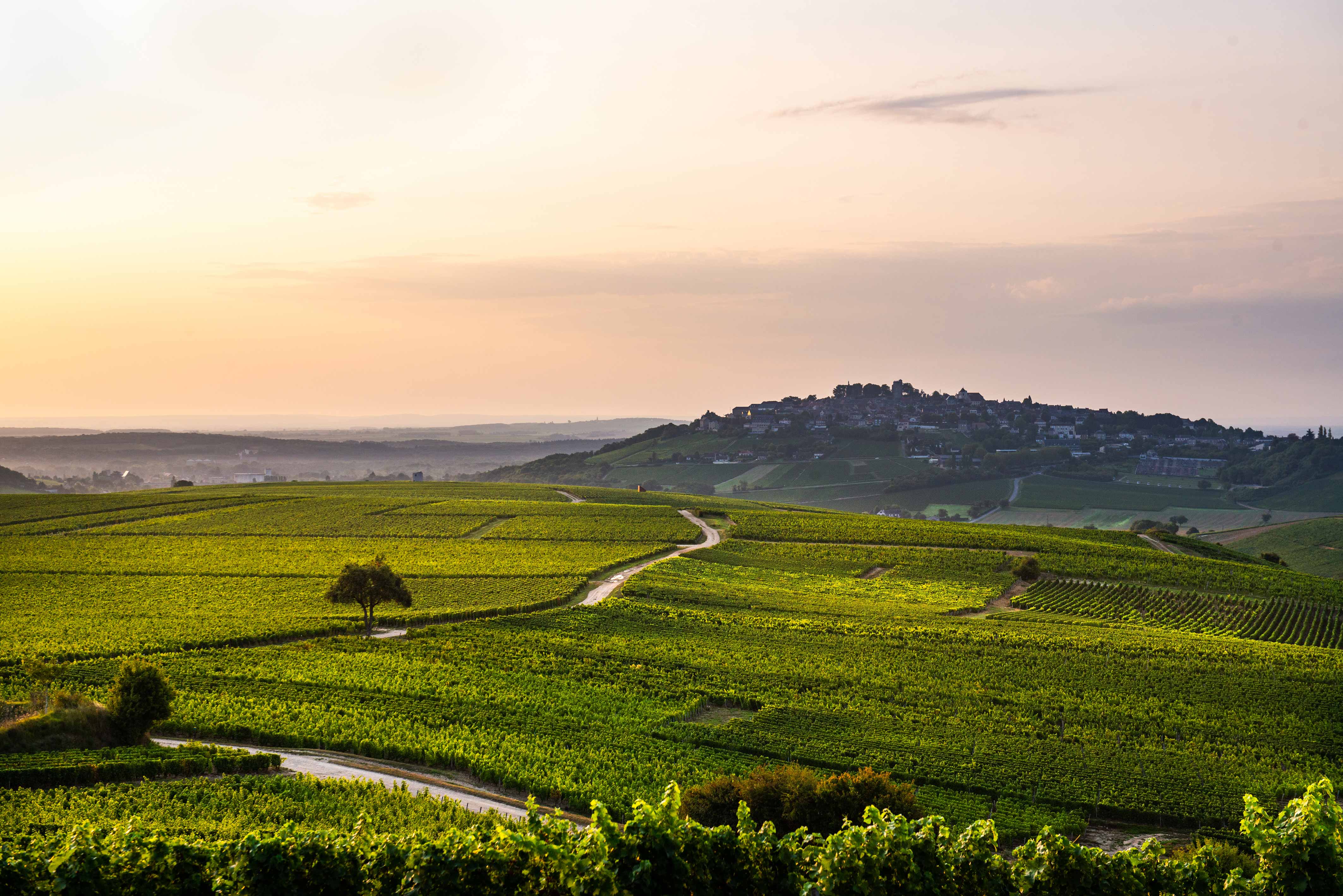
© BIVC Pierre Merat
Sancerre (AOC)
Located along the left bank of the Loire River, Sancerre is regarded as one of the most esteemed appellations for Sauvignon Blanc in the world. Vines have been cultivated in this prestigious region since ancient times, though in the past, it was more known for its Pinot Noir-based reds, which are still produced there today. The vineyards of Sancerre are dominated by three main soil types: clay and limestone (called terres blanches), pebbly soils (caillottes), and siliceous clay. These conditions create the signature taste profiles for the appellation’s famous white and red wines: dry, citrusy, and mineral driven for the former, and firm, fruity, and cherry forward for the latter.
🍇 Key varieties: Sauvignon Blanc, Pinot Noir - Surface area: 3,053 ha. - Number of growers: 300
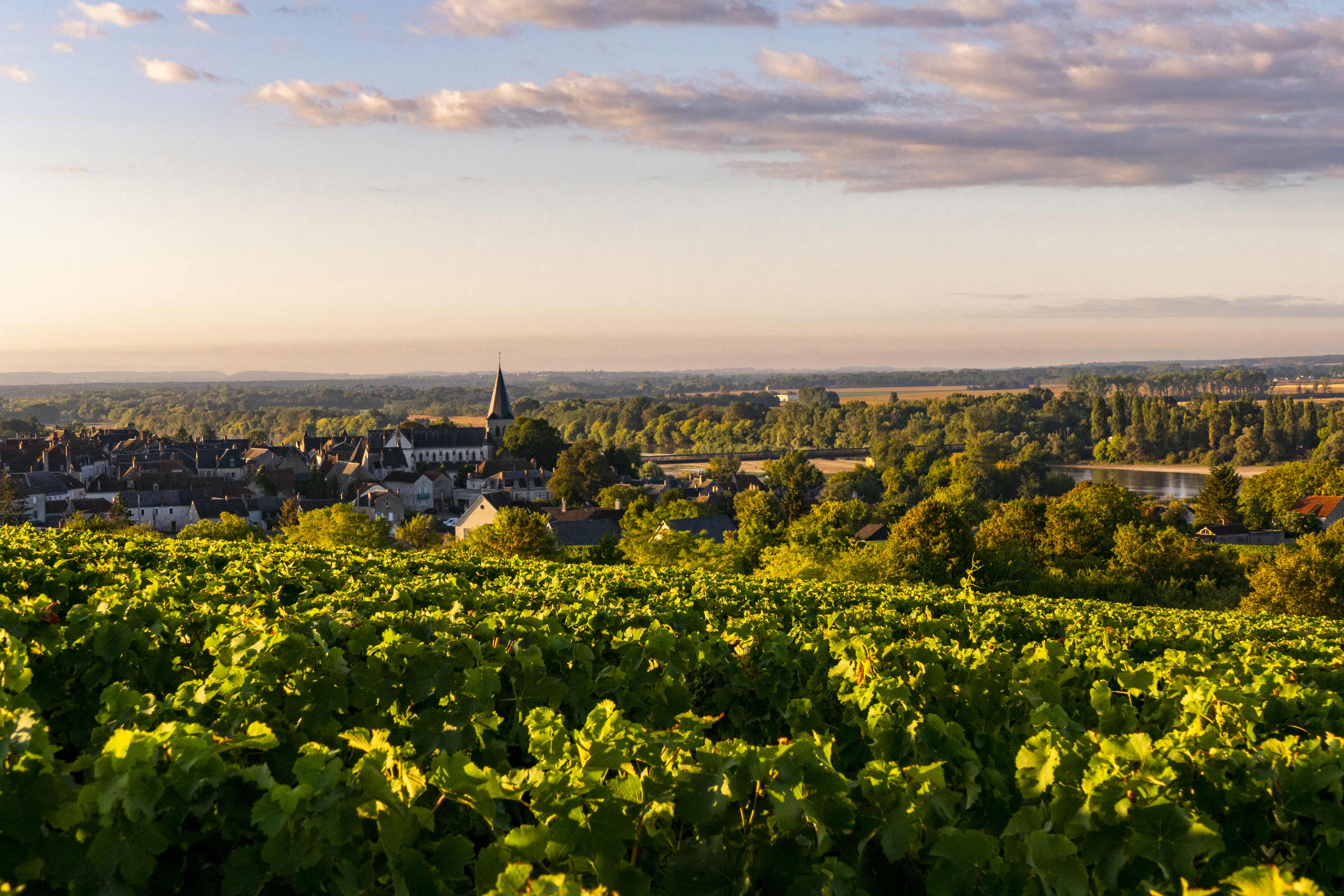
© BIVC Pierre Merat
Pouilly-Fumé (AOC)
Situated on the right bank of the Loire River across from Sancerre, Pouilly-Fumé is a white wine appellation also known for its Sauvignon Blanc-based wines. Winemaking here dates back to the time of the benedictine monks, with wines transported to Paris via the Briare Channel as early as the mid-17th century. Here, Sauvignon Blanc thrives in a variety of soils, ranging from caillottes to terres blanches to flinty clay. Wines from Pouilly-Fumé are known for their marked grapefruit aromatics, as well as their flavors of crushed stones and gunflint.
Note: The AOCs of Pouilly-Fumé and Pouilly-sur-Loire coexist in the same appellation area, meaning that winemakers based there can craft wines under both designations; however, what sets the two apart is the key grape variety—while wines from Pouilly-Fumé are mostly made from Sauvignon Blanc, wines bottled as Pouilly-sur-Loire are made exclusively from Chasselas.
🍇 Key varieties: Sauvignon Blanc - Surface area: 1,400 ha. - Number of growers: 131 (total with Pouilly-sur-Loire)
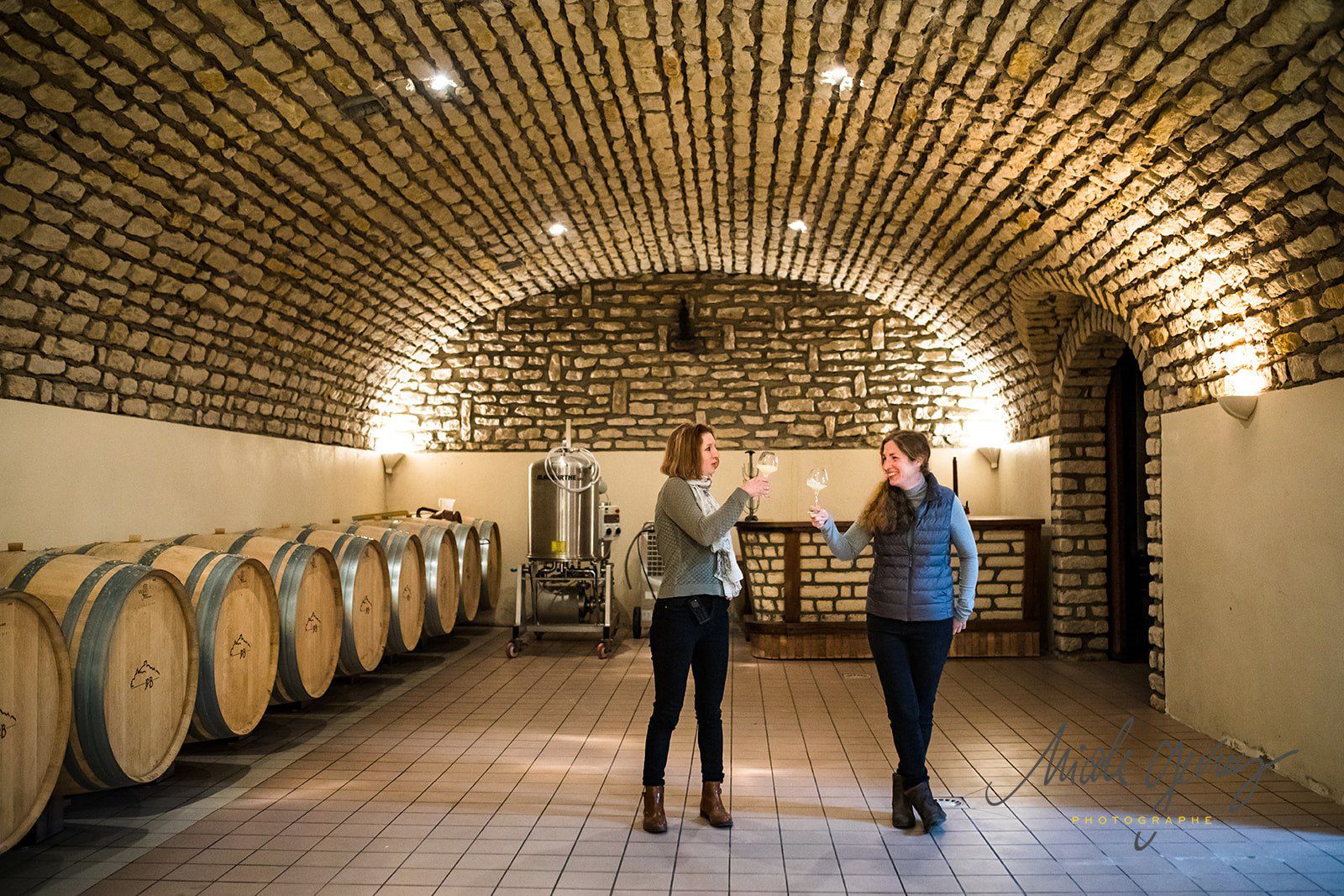
© BIVC Nicole Gevrey
Menetou-Salon
Situated southwest of Sancerre, the Menetou-Salon appellation spans 10 villages, and is best known for its white wine, though smaller amounts of red and rosé are also produced. Here, calcareous (Kimmeridgian) sediments create optimal conditions for growing fresh, mineral-driven Sauvignon Blanc and savory, earth-driven Pinot Noir marked by signature peppery undertones.
🍇 Key varieties: Sauvignon Blanc, Pinot Noir - Surface area: 647 ha. - Number of growers: 96
Quincy (AOC)
Small but fierce, Quincy is one of France’s most historic wine-growing areas, as it was the second-ever appellation to be designated by the AOC system, and the first for the Loire Valley. Situated on the banks of the Cher River, the appellation is dedicated entirely to Sauvignon Blanc, with the majority of vineyards planted on gently rolling slopes in sandy and gravel or sandy-loam soils, depending on their location. Wines from Quincy are known for their distinct grapefruit notes, and are marked by undertones of acacia, white flowers, and a touch of zingy pepper.
🍇 Key varieties: Sauvignon Blanc - Surface area: 354 ha. - Number of growers: 50
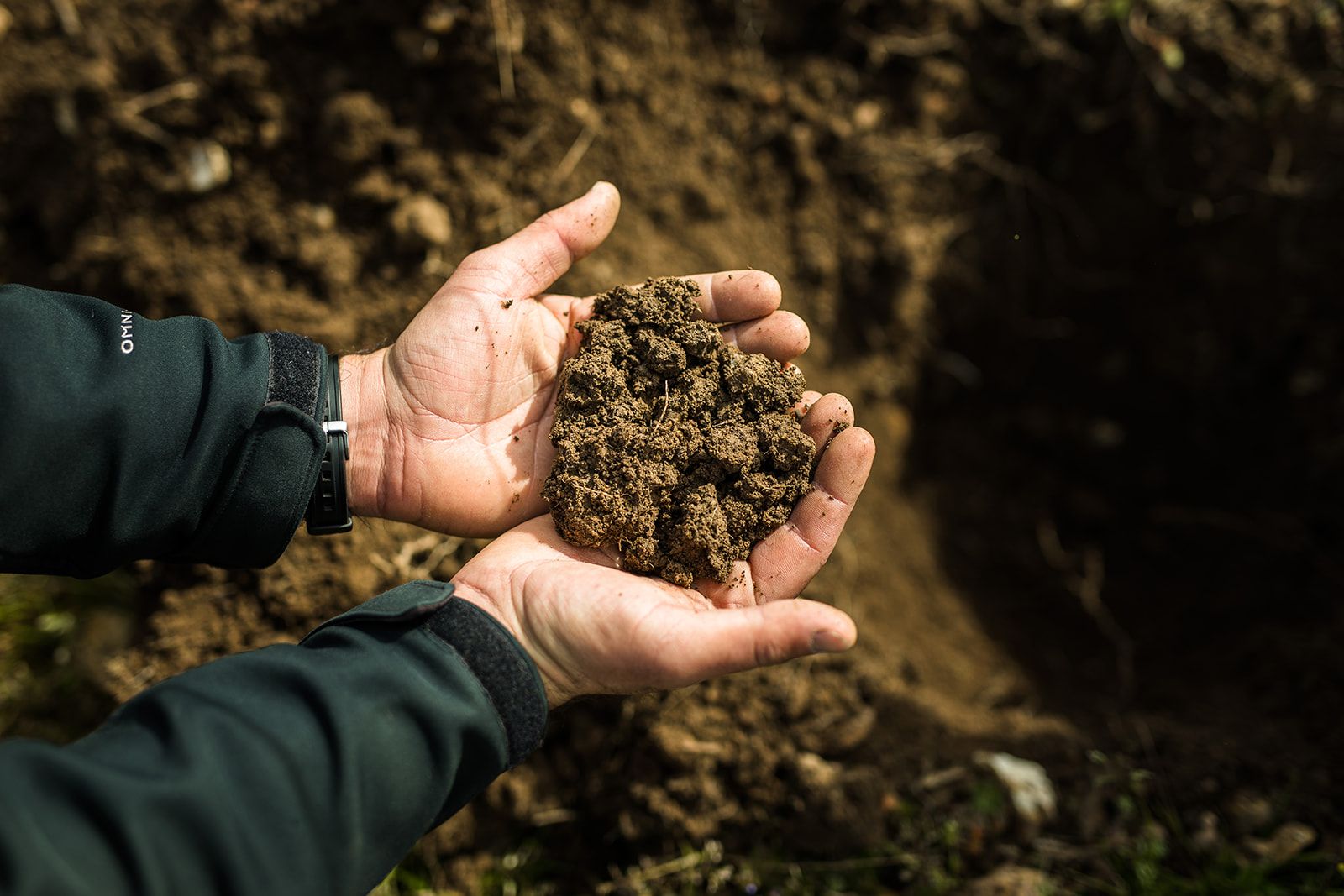
© BIVC - Nicole Gevrey
Reuilly (AOC)
Spanning nearly 400 hectares from the banks of the Arnon and Cher rivers, Reuilly’s rich history dates back to the 7th century, when King Dagobert I used the area’s vineyards to supply wine to the local medieval villages—and also shipped it as far as England. Today, the area is known for its fruit-forward whites, reds, and dry rosés produced from fruit grown in calcareous marl, chalky marl, and sandy-gravelly terraces. Sauvignon Blancs from Reuilly are fresh, round, and fruit-forward, while the reds and rosés are luscious, light, and pleasantly delicate.
🍇 Key varieties: Sauvignon Blanc, Pinot Noir, Pinot Gris - Surface area: 299 ha. - Number of growers: 54
Coteaux du Giennois (AOC)
Deemed one of the fastest up-and-coming appellations in the Centre-Loire, the Coteaux du Giennois is known for its crisp, light-bodied wines that promise to please a variety of preferences. Situated northeast of Sancerre, this larger appellation spans 14 villages and is dominated by flinty and calcareous soils. Expect mineral-driven whites with flavors of quince and white flowers, delicate rosés, and peppery, easy-drinking reds.
🍇 Key varieties: Sauvignon Blanc, Pinot Noir, Gamay - Surface area: 233 ha. - Number of growers: 46
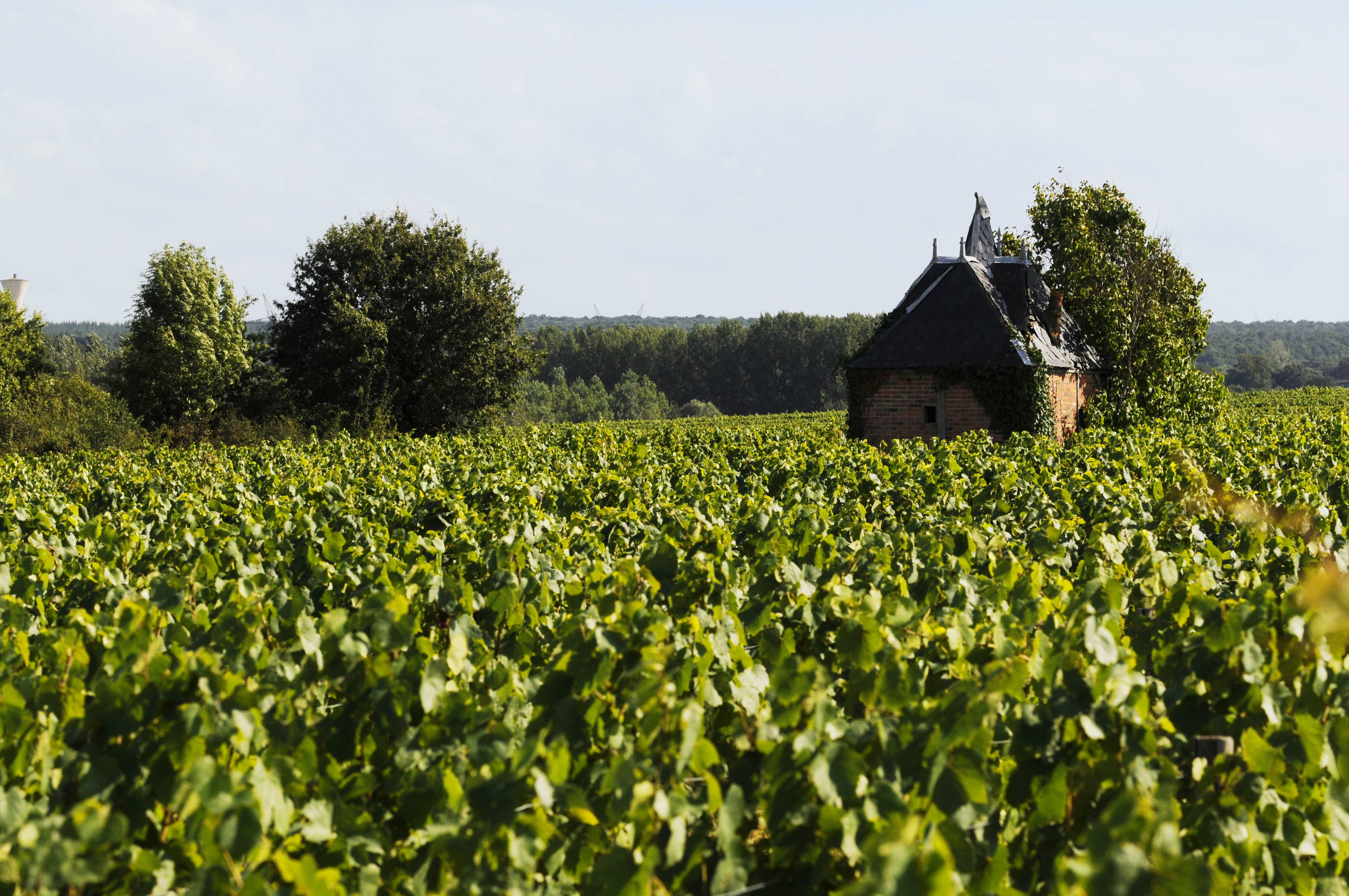
© BIVC - Pierre Merat
Châteaumeillant (AOC)
Found in the Indre and Cher departments, Châteaumeillant is one of the Centre-Loire’s most historic appellations, boasting thousands of years of wine-growing legacy—despite being one of the region’s smallest, as well as one of the most recent to receive official AOC status. This special area is unique, in that it is known for its rosé (locally referred to as vin gris) production made from Pinot Noir and Gamay. Here, metamorphosed soils containing ample amounts of sandstone, schist, and gneiss are topped over with sandy-clay and flinty soils, which give the wines their approachable structure and innate freshness.
🍇 Key varieties: Pinot Noir, Gamay - Surface area: 75 ha. - Number of growers: 28
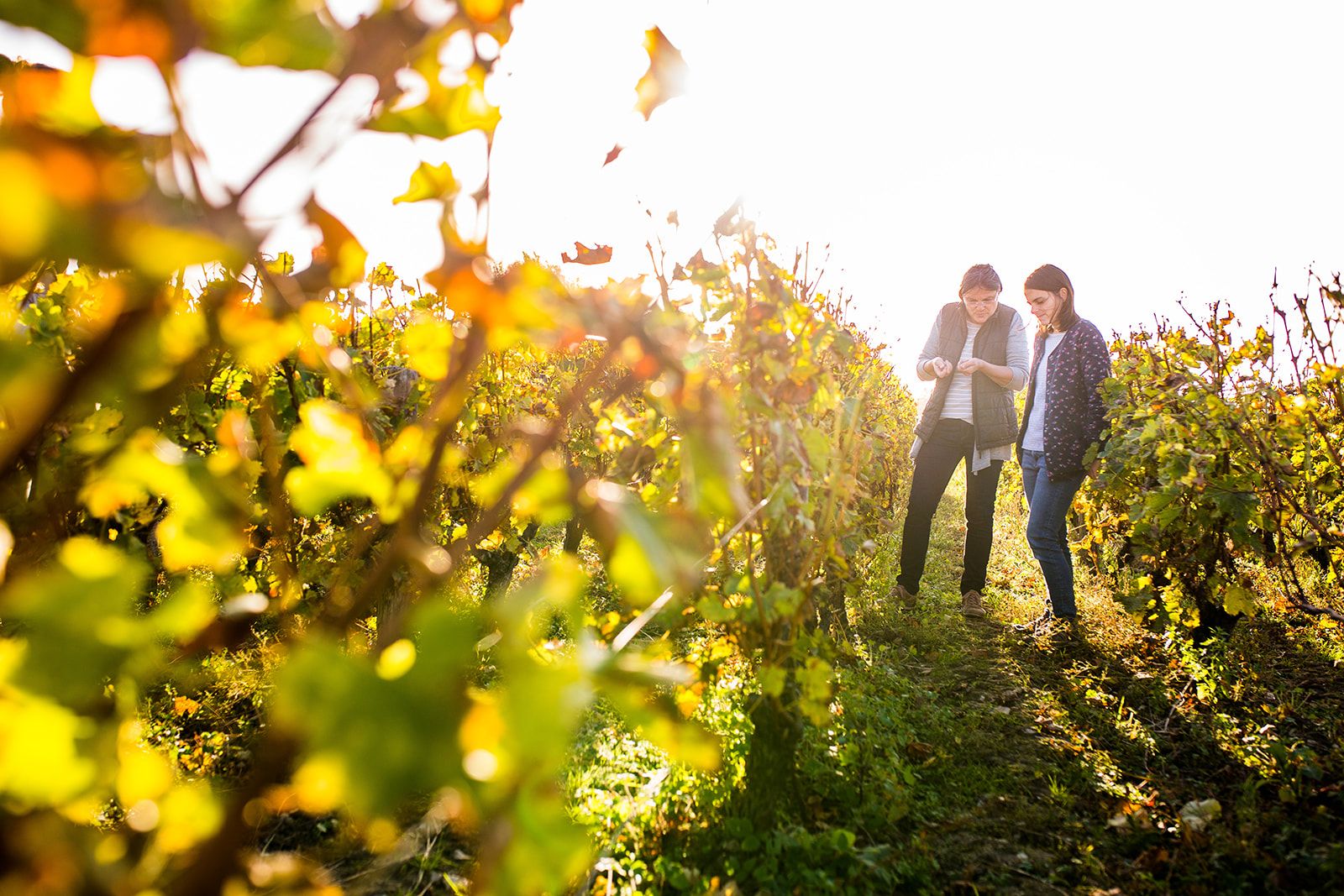
© BIVC - Nicole Gevrey
Pouilly-sur-Loire (AOC)
Located within the same boundaries as the Pouilly-Fumé appellation, Pouilly-sur-Loire is a tiny yet impactful designation, covering just 20 hectares versus the former’s 1,400. While Pouilly-Fumé centers around Sauvignon Blanc, Pouilly-sur-Loire wines are made exclusively from Chasselas. Wine growing in the area dates back to the 5th century, and a mosaic of soil types exist here, ranging from terres blanches to caillottes to clay with flint. Wines from Pouilly-sur-Loire are known for their fresh and delicate nature, as well as their profound notes of white fruit and fresh almond.
🍇 Key varieties: Chasselas - Surface area: 20 ha. - Number of growers: 131 (total with Pouilly-Fumé)
Côtes de la Charité (IGP)
Located in the Nièvre department, the small-but-fierce IGP of Côtes de la Charité spans a mere 50 hectares, with the majority of wines made from Chardonnay and Pinot Noir. The region’s viticultural history dates back to the Middle Ages, and most of the vines here are very old. Soils are made up of highly complex calcareous clay, and the wines are known for their floral aromas and dried fruit flavors (whites), with reds synonymous with red berry flavors and forest floor undertones.
🍇 Key varieties: Chardonnay, Pinot Noir, Pinot Gris - Surface area: 45 ha. - Number of growers: 15
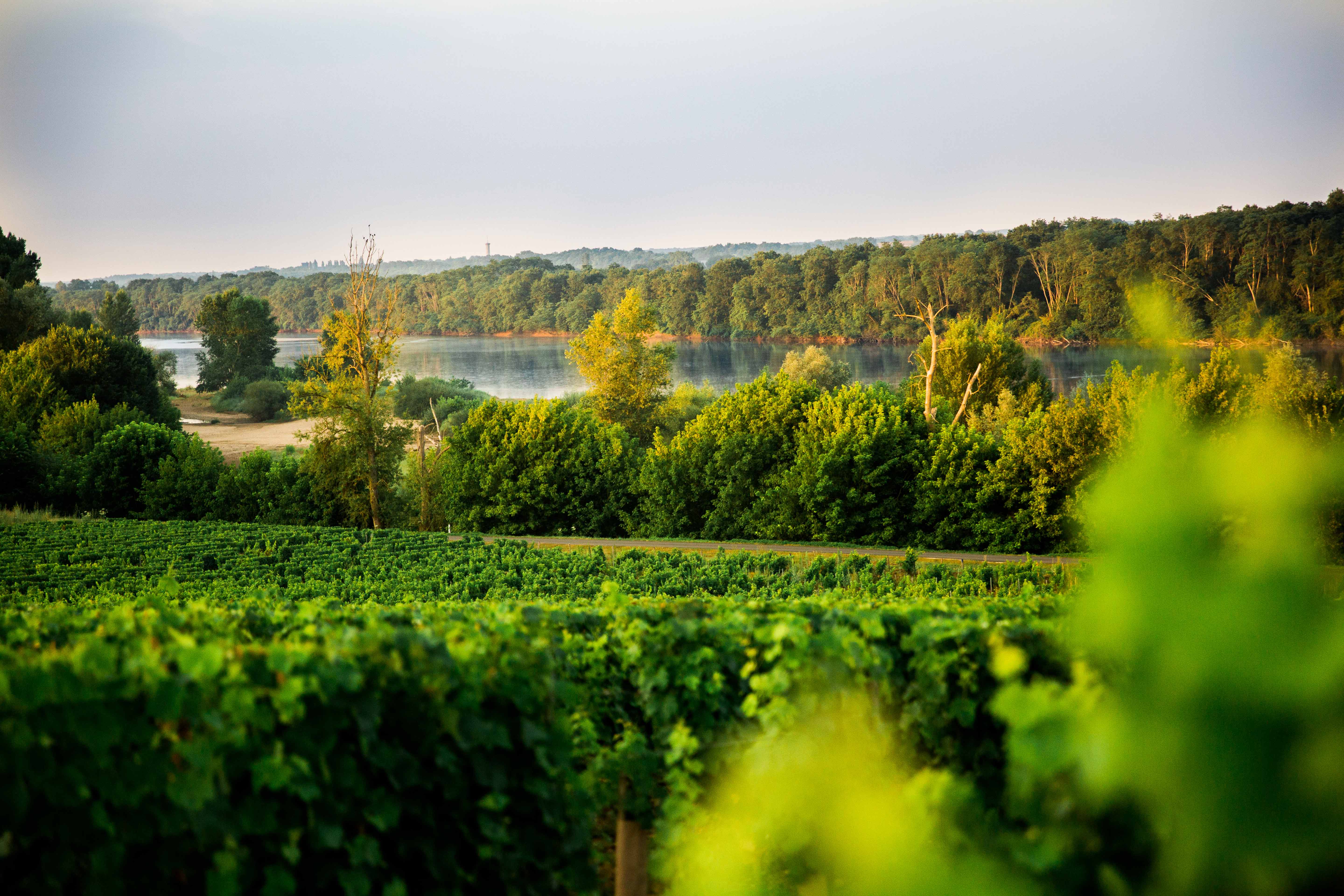
© BIVC - DIVINOCONSEILS
Coteaux de Tannay (IGP)
Like the Côtes de la Charité IGP, the Coteaux de Tannay IGP is also located in the department of Nièvre, though is even smaller—spanning just about 35 hectares of vines. Here, the majority of wines produced are white and are made from Chardonnay and Melon de Bourgogne, with a small amount of still red and rosé made from Pinot Noir, Gamay, and Pinot Gris. The area is one of France’s youngest IGPs, having received designation in 2011, with wines known for their pleasant roundness and prolific veins of minerality.
🍇 Key varieties: Chardonnay, Melon de Bourgogne, Pinot Noir - Surface area: 35 ha. - Number of growers: 7
To further explore the wines of the Centre-Loire, visit 👉 https://www.vins-centre-loire.com/en/.
Contributor
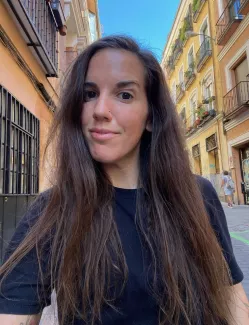
Editor

